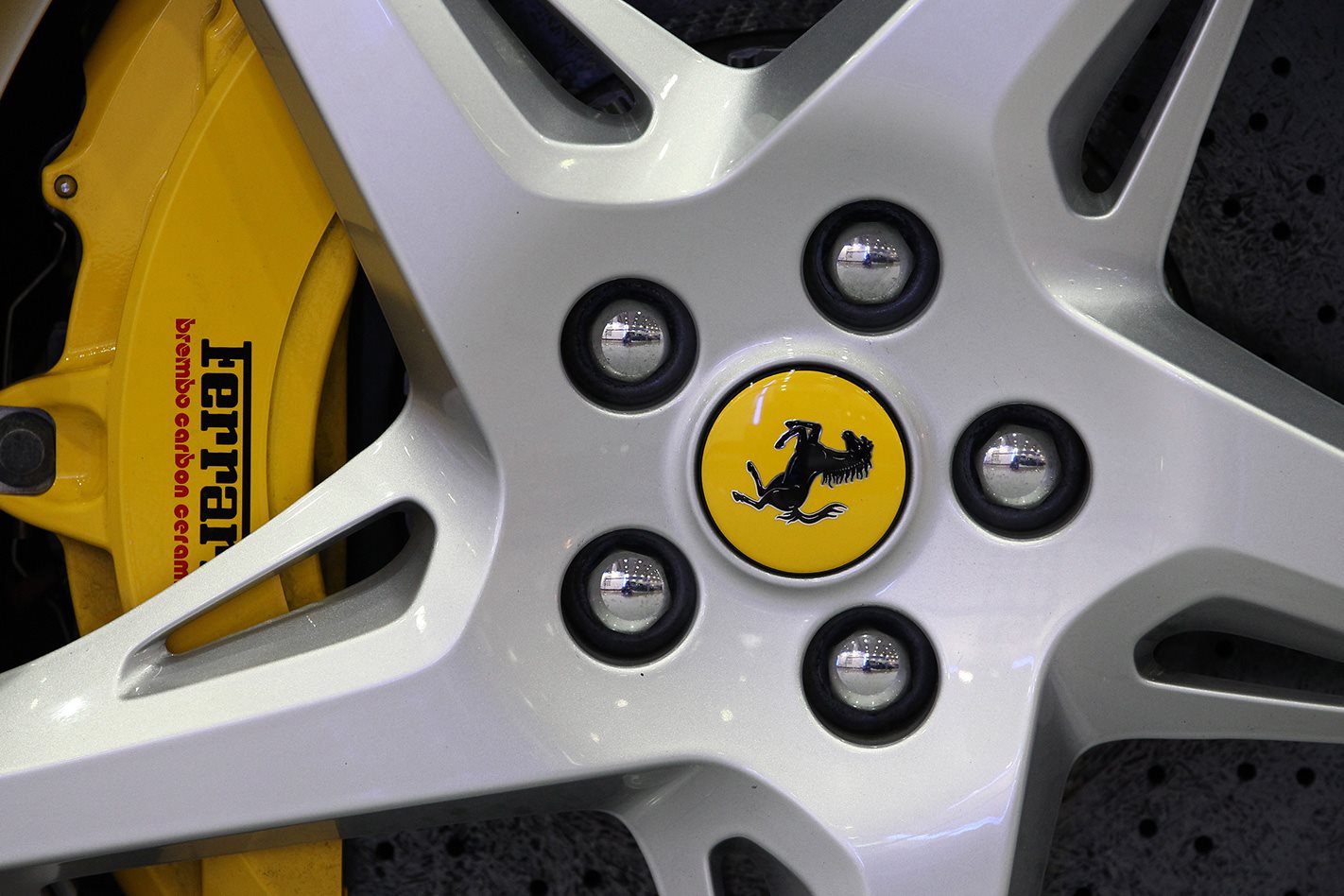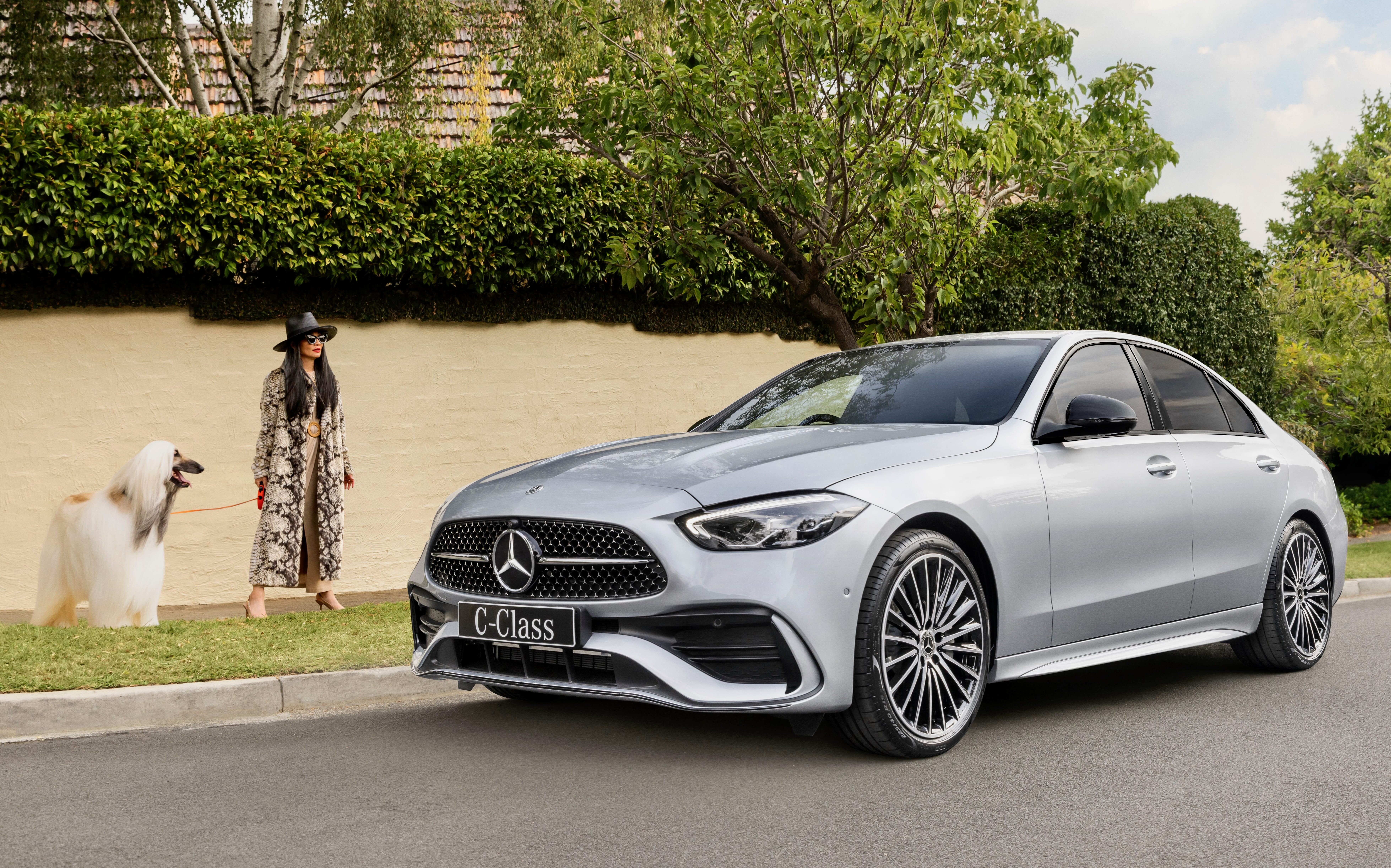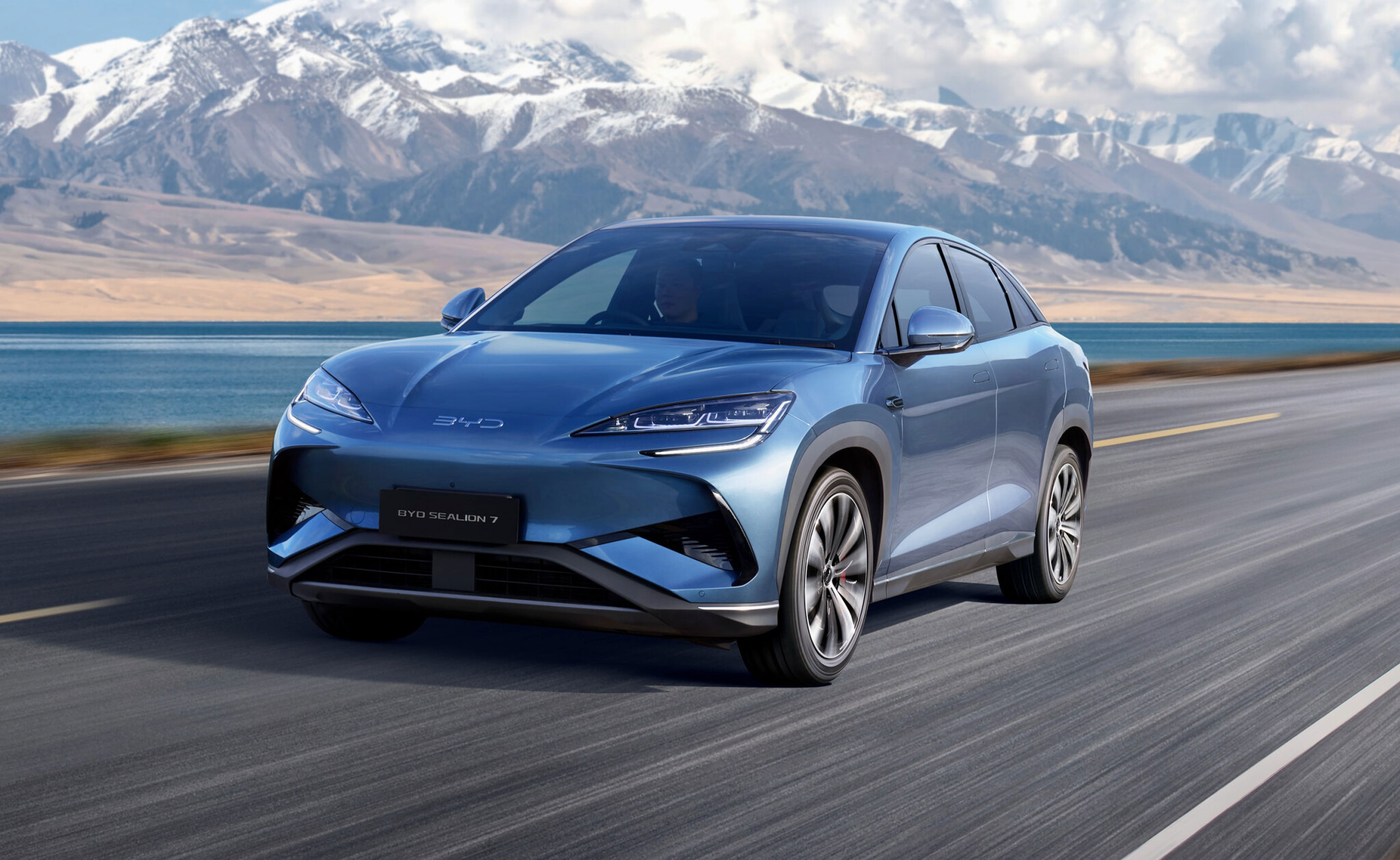FERRARI almost broke the internet with the unveil of the supermodel-sleek Monza SP1 and SP2 specials at its Capital Markets Meeting this week, but behind the dry ice, light show and huckstering, there was a glimpse into the direction the Prancing Horse is heading over the next five years.
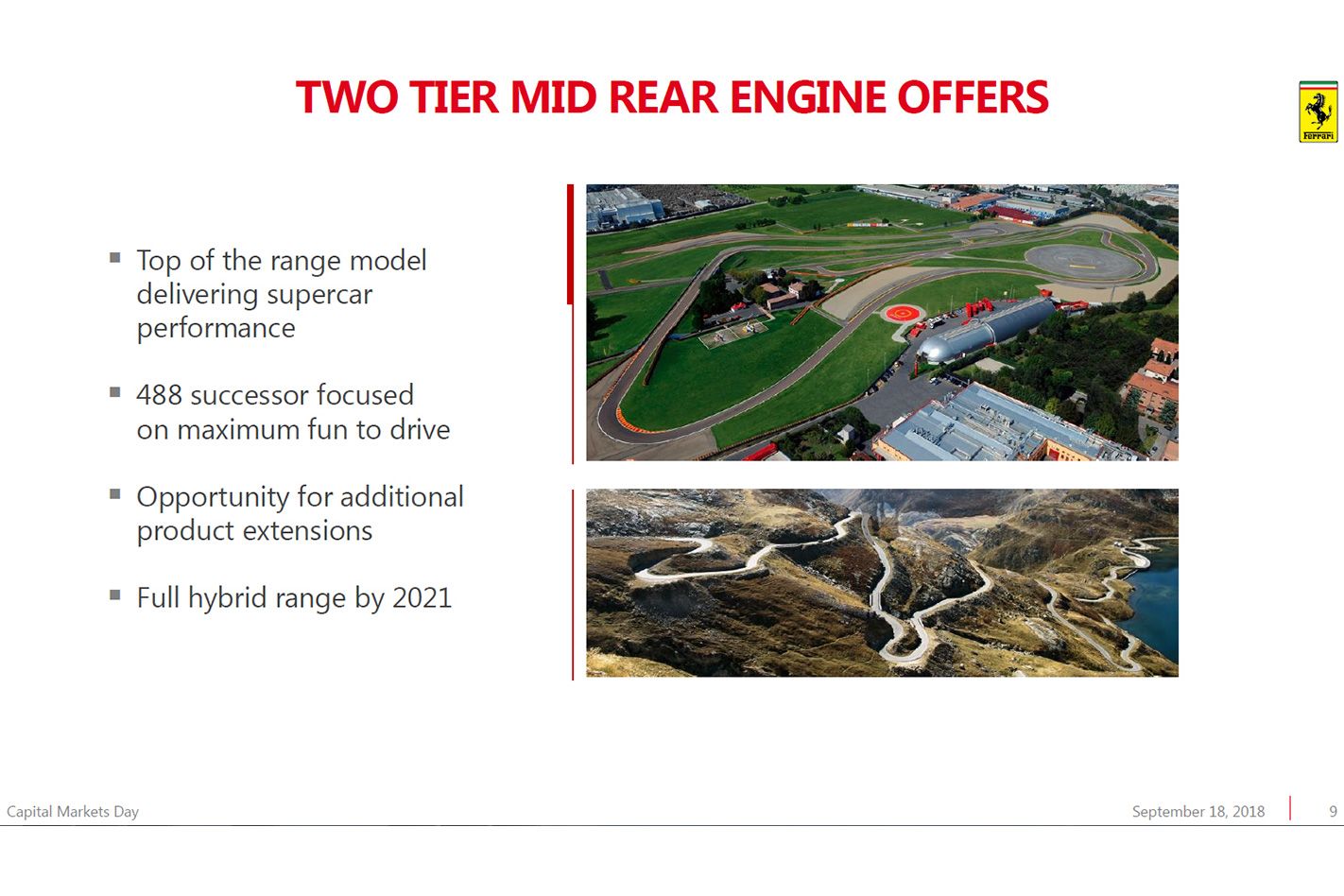
Probably the biggest news was confirmation of Ferrari’s cash-cow, the ‘Purosangue’. Just don’t call it an SUV. New Ferrari boss Louis Camilleri “abhors hearing SUV in the same sentence as Ferrari” and you can understand why. It smacks of bandwagon-jumping rather than leading the market but, to be entirely honest, Ferrari has a tradition of wait-and-see. The mid-engined Berlinetta Boxer was first shown three years after the Lamborghini Miura, and while LaFerrari was unveiled at the same time as McLaren’s P1 and ahead of the Porsche 918 Spyder, an all-wheel-drive Ferrari utility vehicle is a long way behind the curve of Lamborghini Urus, Bentley Bentayga and Rolls-Royce Cullinan.
“I don’t want to offend anyone who can use the term with less discomfort,” said Camilleri, “but in the general sense SUV just does not sit well with our brand and all that it represents. What we produce will be unique in so many ways, and redefine expectations. It will be unmistakably a Ferrari, and have features that have never been seen before.” It’s envisaged that this vehicle will appear in showrooms towards the end of the five-year planning horizon, and the name Purosangue (Italian for thoroughbred and redolent of Bugatti’s Pur Sang models) is anything but set in stone. It could well be a project placeholder until another nameplate is finalised.
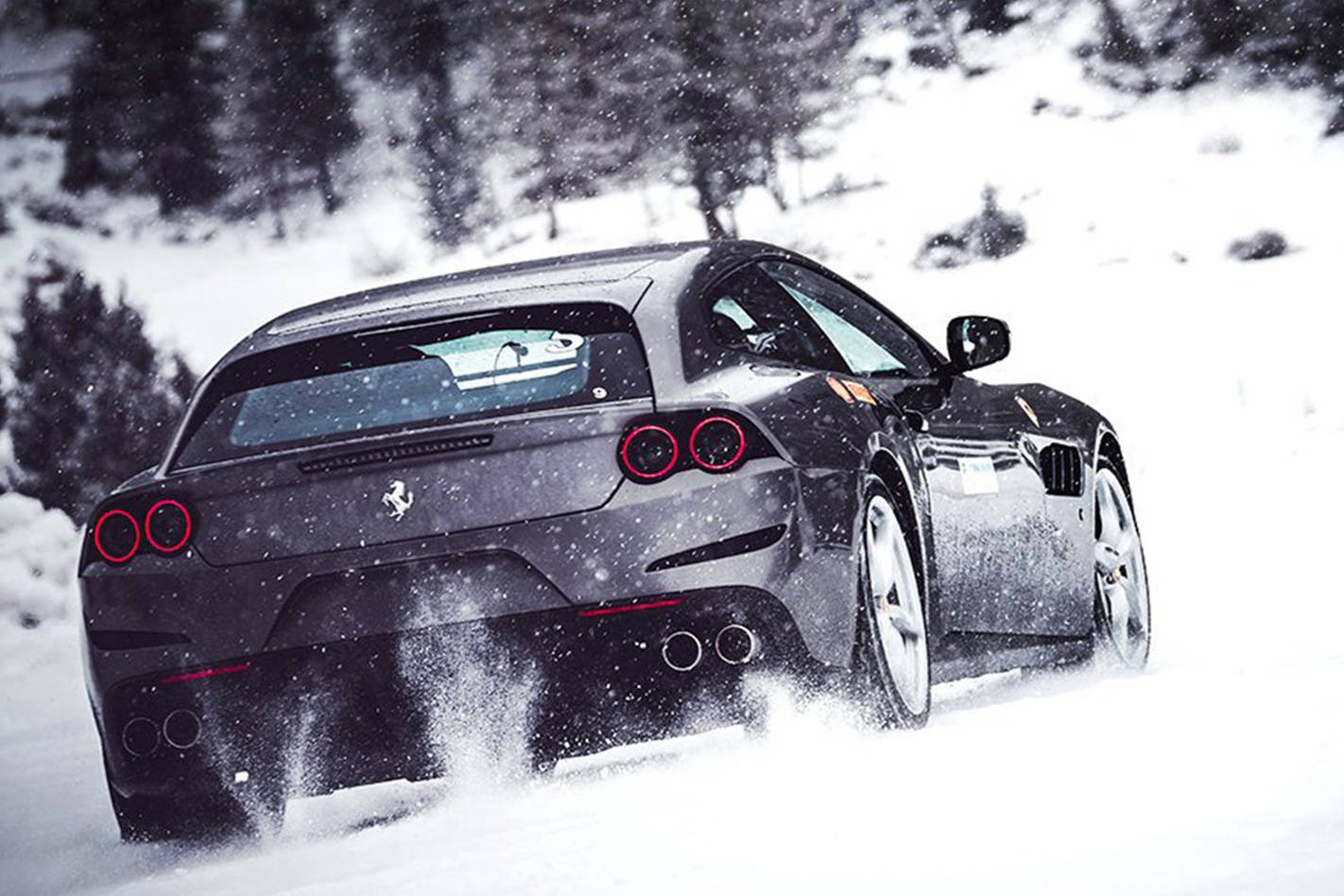
While the 4×4 is expected to generously swell the coffers, traditional Ferrari buyers will probably be more interested in the company’s roadmap for its sports cars. Ever-tightening group emission regulations mean that by 2022, some 60 percent of the marque’s line-up will be hybridised. The range will naturally be divided into five separate streams: ‘Sports’ for the focused production coupes and cabriolets like 488 and 812 Superfast; ‘GT’ for cars like the GTC4 Lusso and Portofino; ‘Special’ for limited-production versions like 488 Pista and F12 TdF and finally ‘Icona’, the gold dust rewards for the company’s most loyal and valuable customers who get invited to register interest in vehicles like the FXX models and the Monza SP1 and SP2 barchettas.

Camilleri outlined plans for the 488’s replacement, which will likely sport a heavily-hybridised V8 powertrain developing a crushing 300kW/litre. Ferrari also plans to revert to the old two-tier mid-engined portfolio (think 308/BB or F355/512TR) with an even more potent model with “even greater performance than a LaFerrari”.
Maranello also revealed plans for a V6 hybrid powertrain, which reignited talk of an entry-level Dino diffusion line, but top brass poured cold water on this speculation by noting that it was being designed for a more affordable version of the Portofino.
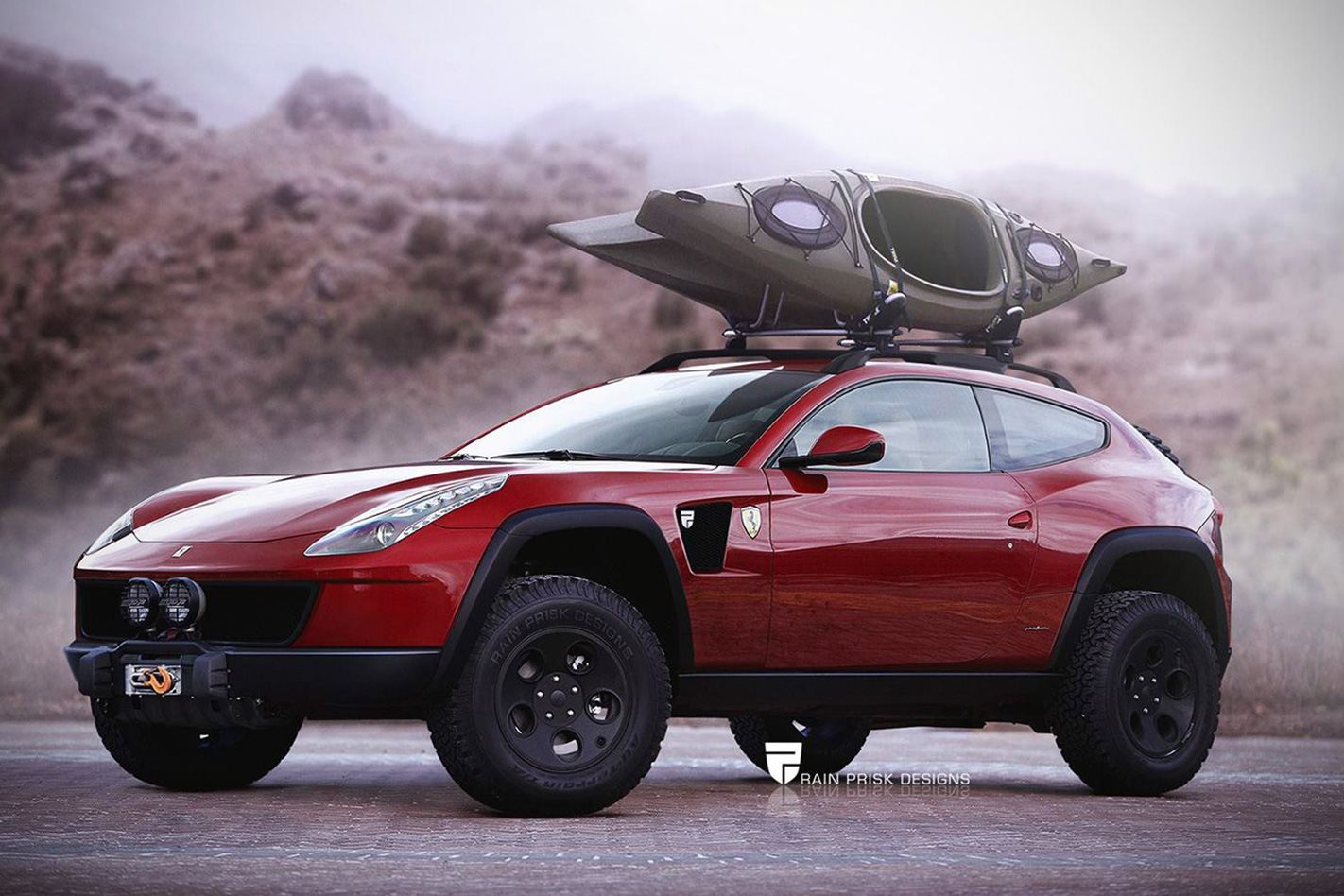
Financially the company is in good shape. The most profitable car manufacturer in the world, Ferrari aims to double profits to €2 billion (A$3.3 billion) by 2022. To realise this figure, the schedule calls for 15 new model launches in the next five years. As much as things are changing, there was a footnote that will reassure traditionalists. The naturally aspirated V12 engine still has some life left in it. Ferrari’s not planning on axing it before 2022, but with 812 Superfast already sold out, you’ll need to act quickly if you want to secure its replacement.


